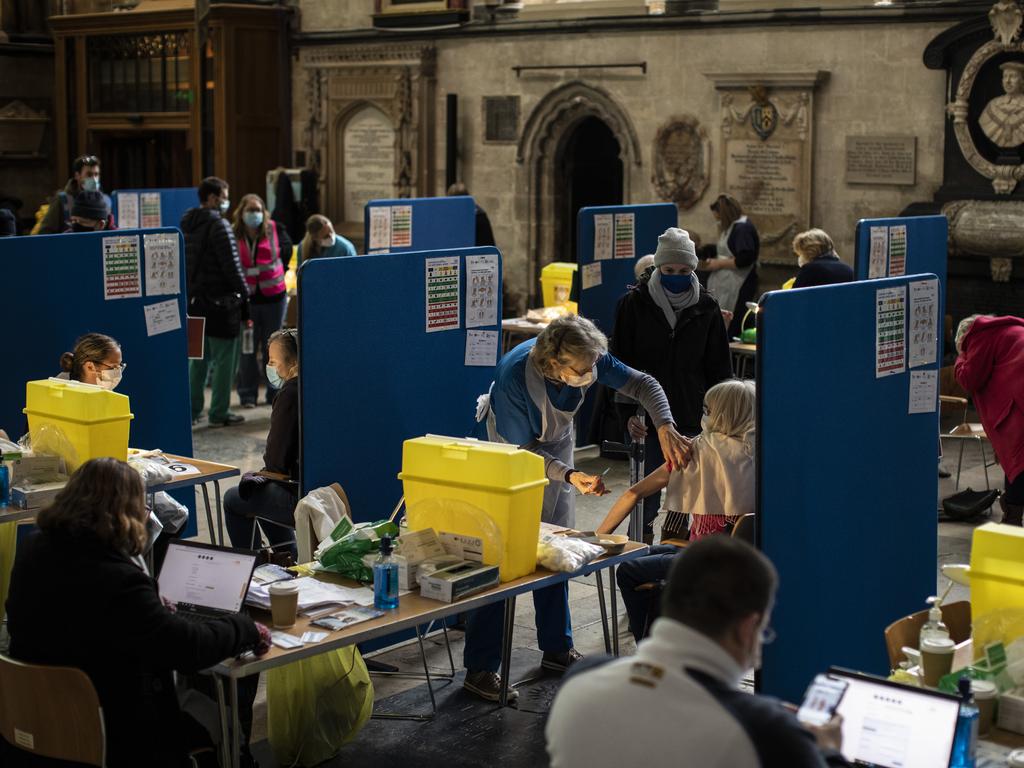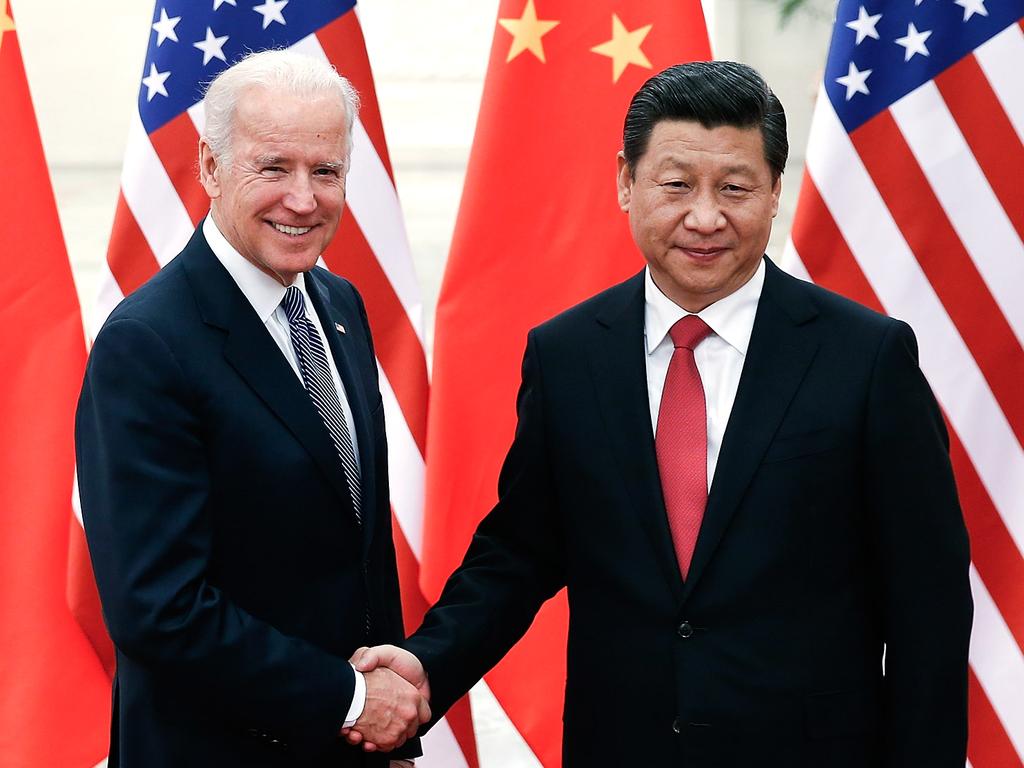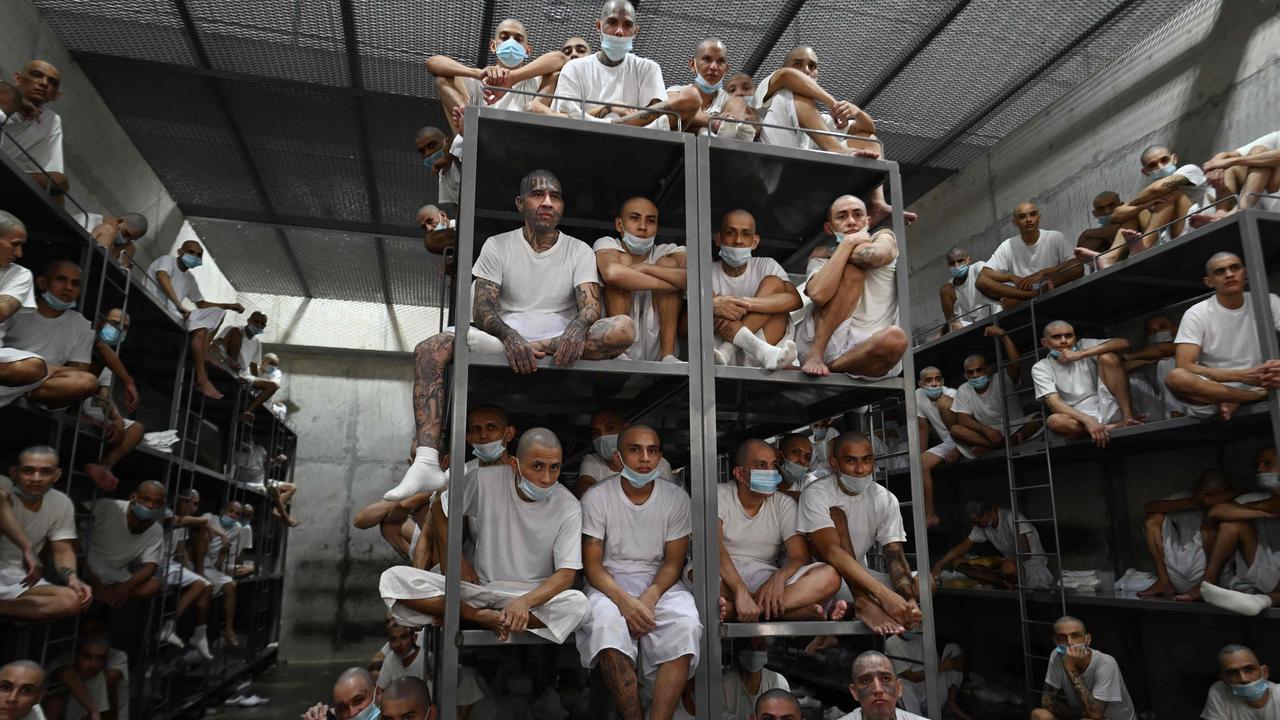China refuses to give WHO raw data on early COVID-19 cases
Officials withhold personalised information on patients that could help determine pandemic’s origins.
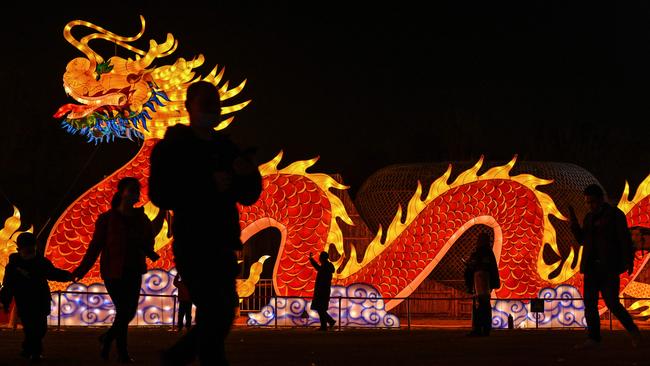
Chinese authorities refused to provide World Health Organisation investigators with raw, personalised data on early COVID-19 cases that could help them determine how and when the coronavirus first began to spread in China, according to WHO investigators who described heated exchanges over the lack of detail.
The Chinese authorities turned down requests to provide such data on 174 cases of COVID-19 that they have identified from the early phase of the outbreak in the Chinese city of Wuhan in December 2019. The investigators are part of a WHO team that this week completed a monthlong mission in China aimed at determining the origins of the pandemic.
Chinese officials and scientists provided their own extensive summaries and analysis of data on the cases, said the WHO team members. They also supplied aggregated data and analysis on retrospective searches through medical records in the months before the Wuhan outbreak was identified, saying that they had found no evidence of the virus.
But the WHO team wasn’t allowed to view the raw underlying data on those retrospective studies, which could allow them to conduct their own analysis on how early and how extensively the virus began to spread in China, the team members said. Member states typically provide such data as part of WHO investigations, said team members.
“They showed us a couple of examples, but that’s not the same as doing all of them, which is standard epidemiological investigation,” said Dominic Dwyer, an Australian microbiologist on the WHO team. “So then, you know, the interpretation of that data becomes more limited from our point of view, although the other side might see it as being quite good.” China’s National Health Commission and foreign ministry didn’t respond to requests for comment.
China’s reluctance to provide the data adds to concerns among many foreign governments and scientists about a lack of transparency in China’s approach to the hunt for the pandemic’s origins. The U.S. State Department said this week it wants to see data underlying the WHO probe.
The WHO investigation has probed whether COVID-19 was spreading in China before early December 2019, when the Chinese authorities said the first patient with COVID-19 symptoms was reported. Earlier detection of the disease could have halted its spread before it exploded into a worldwide pandemic that has so far killed more than 2.3 million people.
About 90 hospital patients had COVID-19-like symptoms in central China in the two months before the Wuhan outbreak was identified, according to WHO investigators, The Wall Street Journal reported on Wednesday.
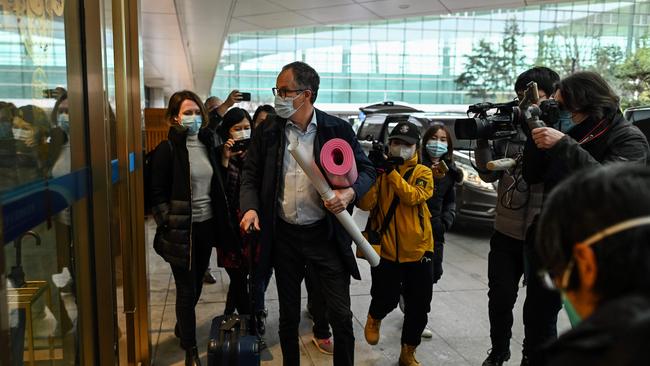
Chinese authorities performed antibody tests on that group more than a year later, when antibodies may have subsided to undetectable levels. All were negative. The lost time leaves researchers unable to say whether those patients may have been COVID-19 cases or were suffering from a similar respiratory disease.
The WHO lacks the power to compel member governments — who elect the leaders and fund the budgets of the United Nations agency — to furnish it with data. That leaves it dependent on co-operation from China to help the WHO in its hunt for the origin of the pandemic.
The refusal of the Chinese authorities to provide raw, personalised data on the 174 early COVID-19 cases, and on people with respiratory and other illnesses in the months before December 2019, led to heated discussions between the WHO team and their Chinese counterparts during the mission, said Dr. Dwyer.
“Sometimes emotions have run really high,” Thea Fischer, a Danish epidemiologist among the WHO investigators, said on Tuesday. “I am a scientist and I trust data. I trust documented evidence based on data, I don’t just trust what anyone tells me.” Dr. Fischer said she had seen no inconsistencies in the data that were made available in Wuhan but couldn’t undertake a deeper analysis without seeing the raw data. The provision of such data would be the case in most other countries, she said.
No agreement had been reached for China to provide the raw data by the time the WHO team left Wuhan this week, Dr. Dwyer said.
Marion Koopmans, a Dutch virologist who was also part of the team, said that the team’s Chinese counterparts had done extensive work involving hundreds of investigators from several institutes. The team, she said, had limited time and could attempt to obtain such information later.
“In these instances what you try to do is you make the assumption that everybody is operating in good faith,” said Ian Lipkin, a professor of epidemiology at Columbia University who wasn’t part of the WHO team. “You don’t want to close future access to information that might be critical.” The WHO team’s leader, Peter Ben Embarek, said on Tuesday that the virus most likely spread to a human from an animal, rather than from a laboratory accident, and could have come from outside China via frozen food.
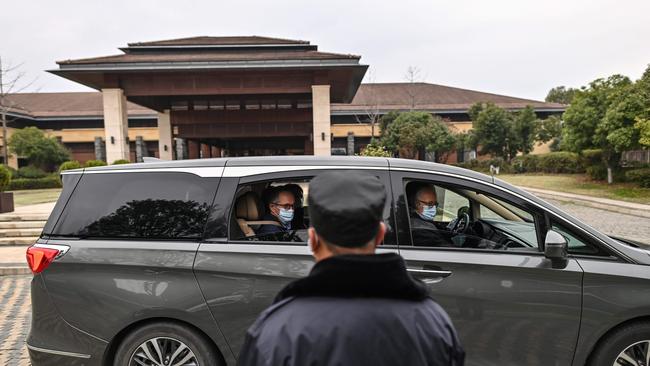
Beijing — which has repeatedly suggested that the virus came from outside China, most likely through imported frozen food — welcomed the findings and called for other countries, including the U.S., to invite the WHO to conduct similar investigations.
But the U.S. said it saw no alternative source and called for greater transparency from China.
Liang Wannian, head of the COVID-19 expert panel for China’s National Health Commission, said Tuesday that Chinese authorities had tested blood samples for antibodies and checked medical records from 233 hospitals and clinics but hadn’t found evidence of the virus spreading around Wuhan before early December 2019.
WHO Director General Tedros Adhanom Ghebreyesus said that the U.N. agency hadn’t ruled out any hypothesis. “I want to clarify that all hypotheses remain open and require further study,” he said in a meeting with diplomats on Thursday.
WHO team members said they are still seeking access to other potential sources of information in China, including blood banks and stored samples from patients with respiratory diseases, which could reveal if the virus was spreading before December 2019.
They had sought wastewater samples from central China to check if the virus could be detected in sewage from late 2019, but were told those had been discarded, per standard policy, after a month, said Dr. Koopmans.
Dr. Dwyer said Chinese authorities had provided influenza surveillance data from before December 2019 but only from one children’s hospital and one general hospital. The authorities told the WHO team that its hospitals generally didn’t store physical samples from patients with respiratory diseases.
“They said they were destroyed and so on. You know, I guess one accepts that on face value,” Dr. Dwyer said.
He said Chinese authorities initially told the team they couldn’t conduct retrospective testing of samples in blood banks except in certain specific legal situations — a common policy in many countries.
“It doesn’t stop people from putting in an application through the appropriate ethics and regulatory authorities to do such a study because this is clearly for a disease of public-health importance,” said Dr. Dwyer. “I don’t know what the political or the legal pressure is of doing that. But I think it’s something that should be done.” He and Dr. Fischer said that a Wuhan blood bank had ultimately agreed to join a future study looking for antibodies in samples from a representative group of healthy donors, such as those that have already been conducted in many other countries.
“If you really want to look at how early the virus started circulating in the population, you have to work systematically, structurally and for instance look at serum studies, blood studies, of a representative selection of the population over time,” Dr. Fischer said.
“The virus has definitely circulated in the population before the first clinically serious cases became known,” she added.
—Sune Rasmussen contributed to this article.
Write to Jeremy Page at jeremy.page@wsj.com and Drew Hinshaw at drew.hinshaw@wsj.com (END) Dow Jones Newswires February 12, 2021 12:22 ET (17:22 GMT) Copyright (c) 2021 Dow Jones & Company, Inc.


